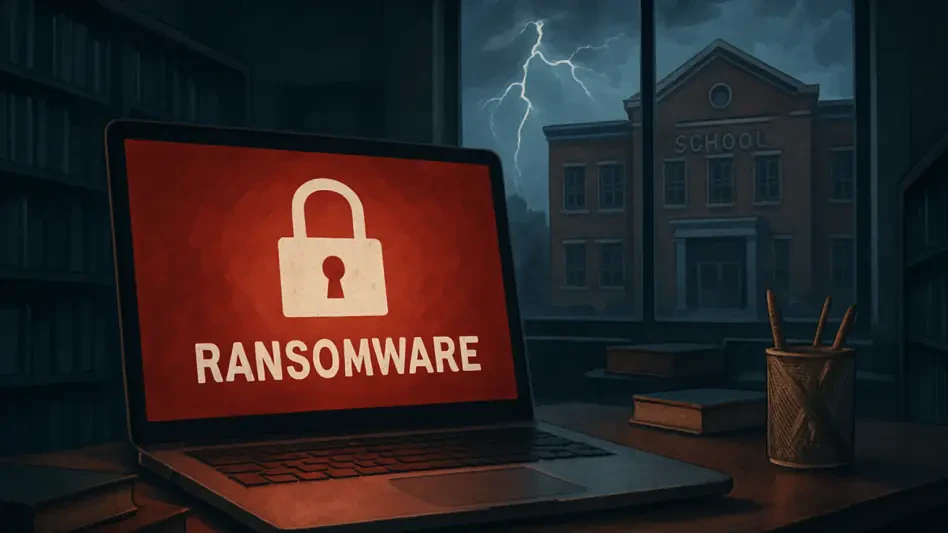Imagine a school district suddenly thrust into chaos, where digital tools that teachers and students rely on for daily operations are rendered useless, forcing a return to pen and paper while sensitive data hangs in the balance. This scenario became reality for Mecklenburg County Public Schools in southern Virginia, when a ransomware attack by the Russian cybercrime group Qilin disrupted their systems on September 2. The incident forced educators to abandon technology, reverting to traditional methods for over a week until internet systems were partially restored. While the full scope of the breach is still under investigation, Qilin claims to have stolen 305 GB of critical data, including financial records and children’s medical files, even publishing samples online as proof. Superintendent Scott Worner confirmed the group’s involvement and emphasized that no ransom payment is planned yet, though a final decision awaits further findings. This alarming event sheds light on a broader, escalating threat to educational institutions, raising urgent questions about their vulnerability to such sophisticated cyberattacks.
Unpacking the Vulnerability of Educational Institutions
The education sector faces an uphill battle against ransomware, largely due to systemic challenges that make schools easy prey for cybercriminals. Limited budgets often mean outdated cybersecurity infrastructure, leaving many districts ill-equipped to fend off advanced threats like those posed by groups such as Qilin, which emerged as a ransomware-as-a-service operation in late 2022. Schools store vast amounts of sensitive information, from student records to staff payroll data, making them lucrative targets for attackers seeking to exploit personal information for identity fraud or ransom. Moreover, the operational impact of these attacks is profound, disrupting essential functions like grading, attendance tracking, and communication systems. Data indicates that at least 33 confirmed ransomware incidents have targeted U.S. schools, colleges, and universities this year, with an additional 62 unverified claims. The prolonged notification delays—averaging 4.8 months—further compound the damage, as affected individuals remain unaware of potential data exposure for far too long.
Rising Threats and the Path Forward
The growing frequency and sophistication of ransomware attacks on schools signal a dire need for proactive measures, as cybercriminals like Qilin continue to exploit weaknesses with alarming success. This year alone, Qilin has claimed responsibility for 103 confirmed and 470 unverified incidents globally, with educational institutions frequently in their crosshairs, alongside other victims like Western New Mexico University and Fort Smith Public Schools in Arkansas. The ethical and operational dilemmas faced by districts are stark—whether to pay ransoms and risk encouraging further attacks or to stand firm and face potential data leaks. Superintendent Worner’s advice to other districts underscores the inevitability of such threats, urging schools to prioritize up-to-date cyber insurance and robust defenses. Looking back, the incident at Mecklenburg County Public Schools served as a wake-up call, highlighting the critical need for investment in cybersecurity training and infrastructure. Moving forward, collaboration between educational leaders, policymakers, and technology experts will be essential to build resilience and safeguard the future of learning environments against these relentless digital threats.








